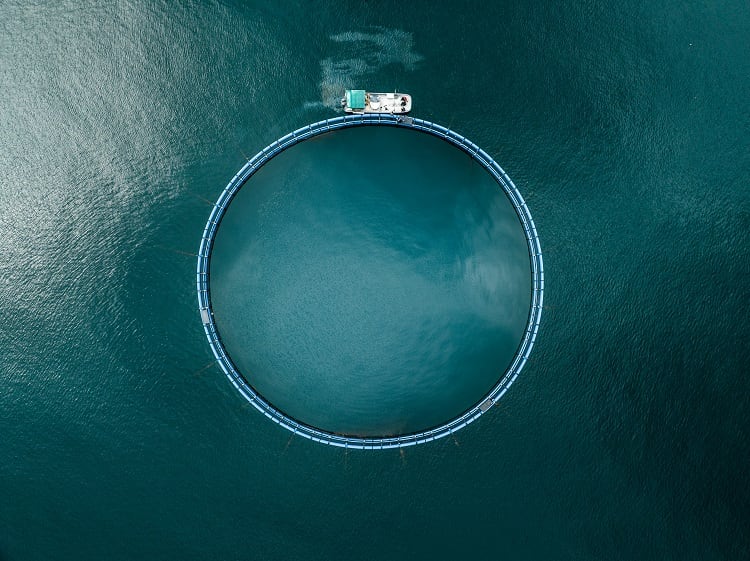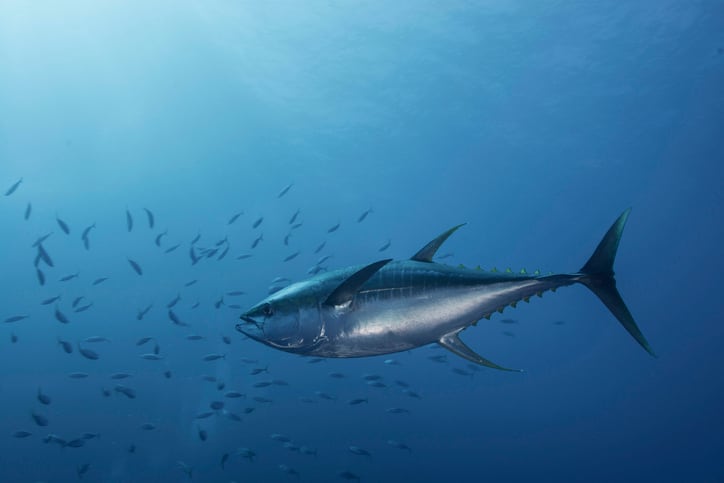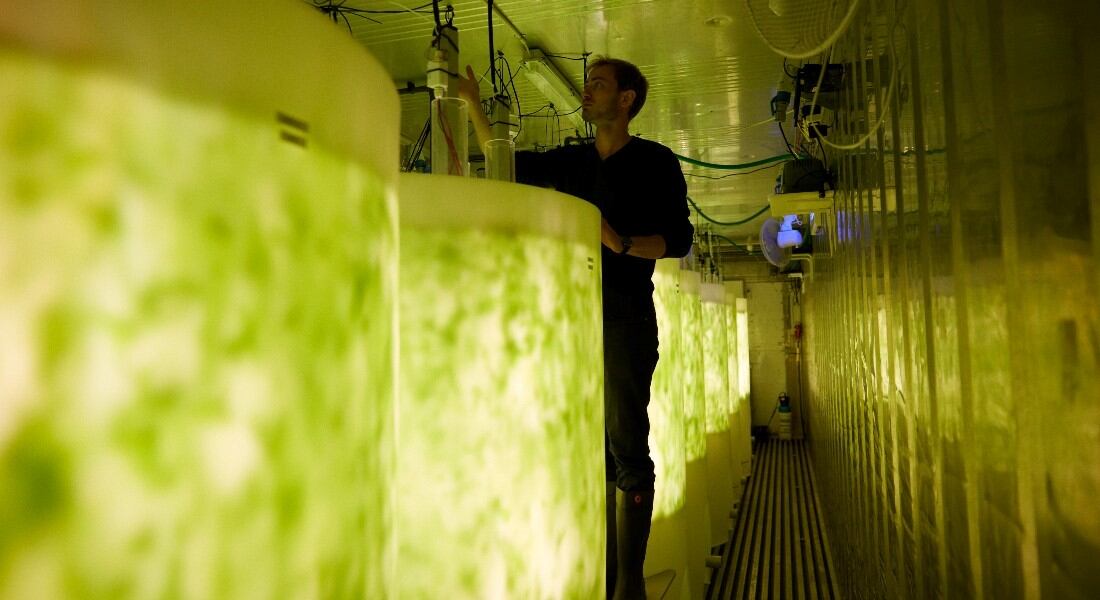The paper, which was published in the journal Fish and Fisheries, looked at 18 case studies and drew up several key aspects of climate resilience that made fisheries particularly able to deal with climate change.
Broadly, it recommended strong ecological assets and strong communities for less wealthy fisheries, and the improvement of economic assets and the effectiveness of governance for the more urban, wealthy fisheries.
Building resilience
Climate change is a threat to fisheries worldwide, and they must build resilience to the threats it poses. Resilience, the ability to prepare for, cope with, recover from and adapt to stresses, in this instance the stresses posed by climate change, is vital to protect the humans, physical infrastructures, and marine ecosystems that make up fisheries.
Climate change has affected many marine species through their metabolism and growth. It has also affected the communities around fisheries through rising sea levels and coastal erosion. These affects will continue and grow, with threats, such as increasing storm severity and an increasing prevalence of disease, likely to increase.
Looking at 18 case studies, researchers sought to identify the most successful and effective ways in which the climate resilience of fisheries was improved. Analysed by experts in each fishery, the case studies assessed both the strength of each method of building resilience, as well as the interaction between methods within a fishery. The case studies were from fisheries around the world, including the US, Australia, Senegal, Madagascar, Chile, Japan and Iceland.
Pathways to resilience
The study came up with 38 key attributes that could provide a fishery with climate resilience. The most important of these were, when ecological factors (related to marine life) were considered, ‘population abundance,’ ‘environmental niche breadth’ (the range of environmental conditions a species can tolerate) and ‘ecosystem connectivity’. When it came to the governance of fisheries, the most important aspects were ‘responsive,’ ‘participatory’ and ‘adaptive’. Finally, in the socio-economic dimension, the key factors were ‘economic diversity’, ‘learning capacity’ and ‘resilience mindset.’
The study revealed five main types of fisheries. Firstly, there were ecologically strong and governance-constrained fisheries with low governance scores and moderate ecological ones. Then, there were those with strong ecological and social processes, despite lower wealth and infrastructure, whose low socio-economic health were made up for by ecological strength and good social capital. Thirdly, there were those that were economically wealthy and well-governed, but with moderate ecological success. Fourthly, those with variable stocks but reliable social processes and governance, whose ecological scores were even lower than the previous archetype despite their wealth. Finally, there were those that were successful in all dimensions.
Many aspects of strength can work together, for example a strong sense of community can help improve governance. However, in some cases things that would otherwise be strengths can hinder a fishery, for example the overattachment to a particular piece of land where relocating would be beneficial.
Overall, though, the researchers, through the range of cumulative benefits and drawbacks the different attributes of the studies created for the fisheries through interaction, came up with two key pathways to resilience.
Firstly, in poorer fisheries, a strong attachment to place, strong communities, and good ecological governance lead to a greater resilience in fisheries despite lack of resources. While these fisheries may lack the capability of market-based fisheries, they are often based around subsistence and, the study suggests, this means that the fish are more likely to be shared among the community. The shift to globalisation, the study suggests, could disrupt this.
Secondly, in richer, more urban fisheries, a combination of strong knowledge, effective governance, market competition and capital to invest makes a more effectively resilient fishery. However, wealth and reserves can often become concentrated in the most successful fisheries, which could be challenging for the success of the broad spectrum of them.
“The biggest challenge is that every fishery is different,” said Jacob Eurich, one of the researchers. “Each fishery has different characteristics and operates on different scales, for different reasons and with unique goals.”
Sourced From: Fish and Fisheries
'Diverse pathways for climate resilience in marine fishery systems’
Authors: J. G. Eurich, W. R. Friedman, K. M. Kleisner, L. Z. Zhao, C, M. Free, M. Fletcher, J. G. Mason, K. Tokunaga, A. Aguion, A. Dell'Apa, M. Dickey-Collas, R. Fujita, C. D. Golden, A, B. Hollowed, G. Ishimura, K. A. Karr, S. Kasperski, Y. Kisara, J. D. Lau, S. Mangubhai, L. Osman, G. T. Pecl, J. O. Schmidt, E. H. Allison, P. J. Sullivan, J. E. Cinner, R. B. Griffis, T. R. McClanahan, R. C. Stedman, K. E. Mills
Published on: 26 September 2023
DOI: https://doi.org/10.1111/faf.12790




